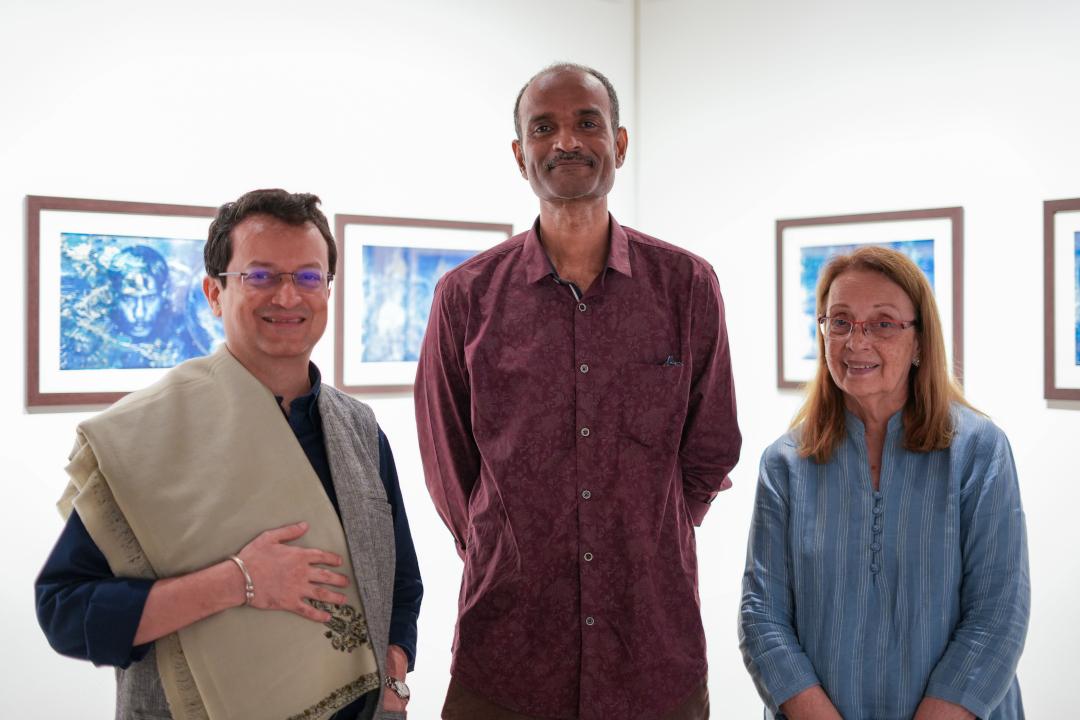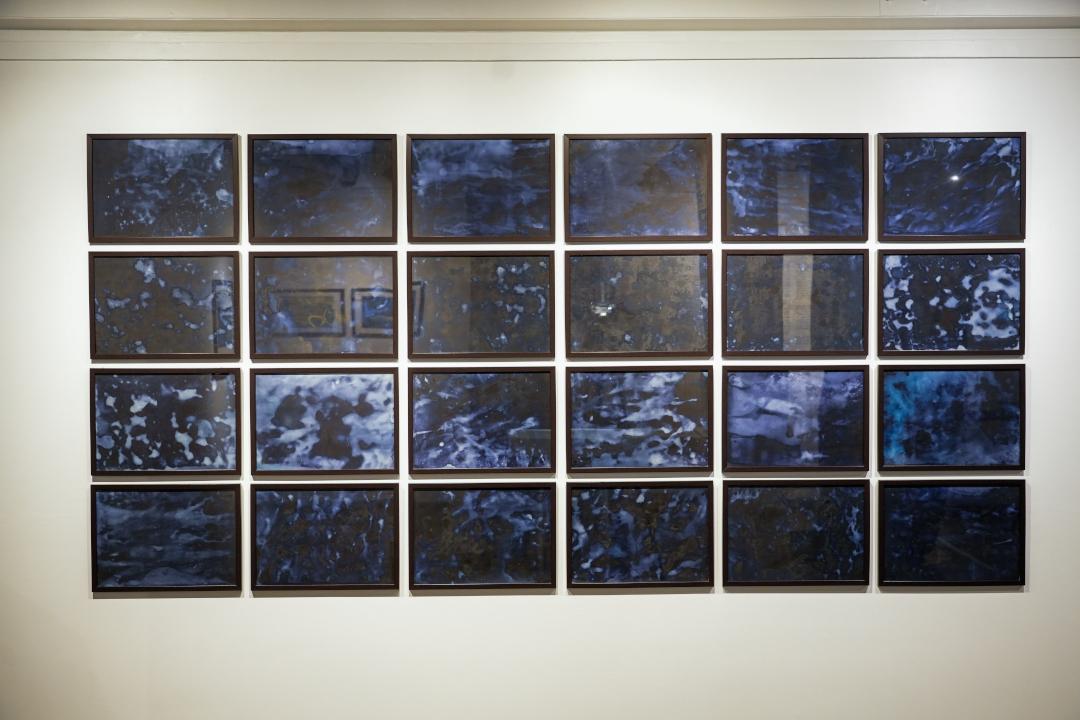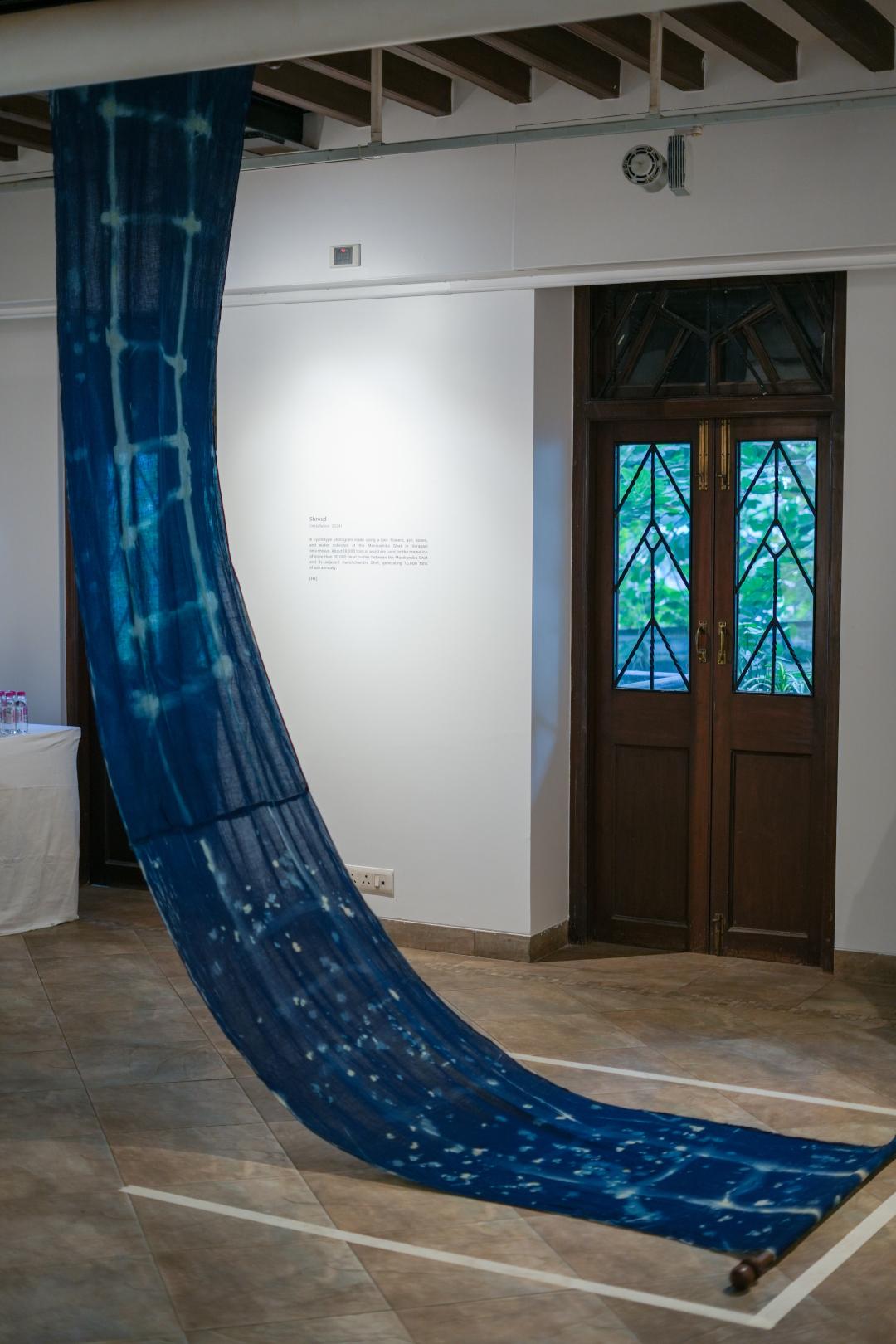Ritual Purity, Reigning Pollution: On Hari Katragadda’s Lost River
The Kumbh Mela, during which devotees take a sacred dip in the Ganges, was included in UNESCO’s list of notable Intangible Cultural Heritage from around the world in 2017. Every year, millions of devotees congregate at the banks of the Ganges to initiate the holy dip (Gangasnan) that they believe frees one from sin, liberating them from the cycle of birth and death. On 9 February 2024, around 90 lakh devotees gathered in Allahabad for the annual ritual during the ongoing Magh Mela. Two weeks prior, upstream at Har ki Pauri in Haridwar, news emerged of a seven-year-old from Delhi being dipped into the river for Gangasnan. The boy, suffering from blood cancer, tragically died during the ritual. If ceremonial rites take centre stage in the story surrounding the Ganges, one of the persisting problems is the humongous scale of pollution that directly affects the river. A Reuters report from 2019 pegged the daily amount of wastewater discharged into the river through open drains at 6.07 billion litres. While this only considers the Central Pollution Control Board (CPCB)-monitored open drains across the length of the Ganges, the number is possibly higher when considering the unofficial discharge channels. Untreated sewage, industrial effluents and toxic chemicals are other factors that make the situation worse.
At the Cymroza Art Gallery, Hari Katragadda’s debut solo exhibition, Lost River, presents an intense portrait of life along the Ganges, put together keeping in mind the current context around this sacred waterbody. Curated by Ranjit Hoskote, the exhibition brings together four bodies of work that developed from Katragadda’s years of experiments with the cyanotype technique, alongside his documentation of communities dependent on the Ganges. Relying on the ability of the camera to archive the river, the artist goes a step further by introducing conceptual elements to his process, stating, “I complicate the medium of the cyanotype by introducing pollutant-heavy water from the Ganga onto the plate.”

Ranjit Hoskote, Hari Katragadda and Pheroza Godrej at the Cymroza Art Gallery.
In naming the show Lost River, Hoskote highlights the critical focus in Katragadda’s cyan and turquoise portraits, pointing us to the fallacy of purity and pollution when referring to the river. Over many years of engagement with the Dom community in Varanasi and the workers in the tanneries and glue factories of Kanpur, the artist’s immersive experience becomes the base upon which he develops this crucial body of work. The Ganges and its many tributaries, running through five states in the Indo-Gangetic Plain, have been crucial to the livelihood of millions of Indians. The river serves as a lifeline, allowing agriculture and industry to flourish in the northern plain, and is also home to abundant flora and fauna. Katragadda’s cyanotypes urge one to ponder upon the many different facets surrounding the river’s existence, its importance within the social, cultural and political fabric of the country’s imagination.
In 24 Foam Impressions, Katragadda makes one image each hour during the span of a day, dipping it into the contaminated water that flows out from the Nagwa Nala, which is one of the main pipelines draining effluents into the Ganges. Each plate is affected differently based on the foam collected from the sewage water. The artist’s performative gesture becomes an important intervention in pointing to the contamination of the river water. Relying on the hues of blue, the body of work titled You Can’t Step Into The Same River Twice is premised on questioning the distant act of bearing witness to the steady decline of the mighty Ganges. A close-up of a man just emerging from a dip in the water, the cosy mish-mash of fish with wrappers of Parle-G, cattle bathing near the river bank, effluents draining into the riverfront—if the photographer’s gaze makes one mildly uncomfortable, the conceptual work that went into making the prints is bound to leave the spectator squirming with discomfort. Each glitch left behind by the treatment of the photoplates with pollutant-heavy water makes its own mark.
.png)
Cynatoype prints from the series You Can't Step Into the Same River Twice.
Katragadda is not only interested in documentation. Each work, with its individual distortions, transforms the frames into abstract portraits emerging out of the site. The exhibition also features an immersive audio-visual project based on the artist’s performative work in 24 Foam Impressions. Extracting varied shapes from each print that he made during the 24-hour period, The Shimmer brings together “snapshots” of random combinations that amount to 86,400 seconds in total. Combined with ambient sound from the ghats of Varanasi, the work is a poignant reflection of the dependence of human lives and livelihoods on nature. The act of repetition involved in extracting the prints, the performative gesture of going back to the Nagwa Nala at every hour and the absolute reliance on the waterbody that forms the basis of his works are all elements that stand out as one considers the soundscape that accompanies this video-work and spends time with the geometric shapes pieced together from footage over each hour of the 24-hour cycle.

24 Foam Impressions (Cyanotype prints on paper, 2016).
An installation, titled Shroud, extends the artist’s experiments with cyanotypes to explore the medium of cloth. Introducing flowers, ash, bones, bier and water from the Manikarnika Ghat in Varanasi, the photogram brings attention to the vast amounts of ash generated annually along the banks of the river as well as the large amounts of material that go into the funeral pyres on the banks of Manikarnika and the Harishchandra Ghat in Varanasi every year.

Shroud (Installation, 2024).
In viewing Katragadda’s powerfully political series of works, one leaves with a sense of having gone deeper within the narrative of understanding the complicated relationship between man and nature. There is a strong urge to resist traditional rules of image-making, along with a deeply committed involvement within the communities that the artist works with. Lost River brings out poignantly Katragadda’s journey across different ghats of the Ganges, his research into the medium of the cyanotype, and a strong urge to tell a multi-dimensional story. He engages with communities in the industrial belt of Kanpur and is equally committed to showcasing the ritualistic practices along the banks of Varanasi. By directly working with water collected from the river and all that comes with it, he leaves it open to viewers to piece together meanings—to connect the dots in thinking through purity, pollution, rituality, religion, ecological destruction and decay. It is all of this and much more that presents an empathetic narrative in Katragadda’s debut solo. If it is the glitch and gleam of the portraits that make prominent the pertinent case of the Ganges, it is headline news that solidifies the belief that much has been lost in our relationship with the river.
.png)
Cynatoype prints from the series You Can't Step Into the Same River Twice.
To learn more about artistic representations of riverine ecologies, revisit Ankan Kazi’s essay on Habibur Rahman’s film Ichamati (The River of Partition, 2023), Sujaan Mukherjee’s essay on Madhuja Mukherjee’s Kolikatar Nakshi-kotha and Najrin Islam’s reflection on Abhinava Bhattacharyya’s Jamnapaar (2017).
All works from Lost River by Hari Katragadda. Images courtesy of the artist and Cymroza Art Gallery - Godrej Archives.




